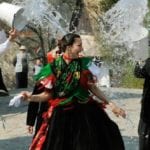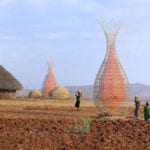 Music
Music  Music
Music  History
History 10 Less Than Jolly Events That Occurred on December 25
 Weird Stuff
Weird Stuff 10 Funny Ways That Researchers Overthink Christmas
 Politics
Politics 10 Political Scandals That Sent Crowds Into the Streets
 Weird Stuff
Weird Stuff Ten Bizarre Facts About The Doge Meme
 Our World
Our World 10 Ways Your Christmas Tree Is More Lit Than You Think
 Movies and TV
Movies and TV The 10 Coolest Stars to Set Sail on The Love Boat
 History
History 10 Things You Didn’t Know About the American National Anthem
 Technology
Technology Top 10 Everyday Tech Buzzwords That Hide a Darker Past
 Humans
Humans 10 Everyday Human Behaviors That Are Actually Survival Instincts
 Music
Music 10 Surprising Origin Stories of Your Favorite Holiday Songs
 History
History 10 Less Than Jolly Events That Occurred on December 25
 Weird Stuff
Weird Stuff 10 Funny Ways That Researchers Overthink Christmas
Who's Behind Listverse?

Jamie Frater
Head Editor
Jamie founded Listverse due to an insatiable desire to share fascinating, obscure, and bizarre facts. He has been a guest speaker on numerous national radio and television stations and is a five time published author.
More About Us Politics
Politics 10 Political Scandals That Sent Crowds Into the Streets
 Weird Stuff
Weird Stuff Ten Bizarre Facts About The Doge Meme
 Our World
Our World 10 Ways Your Christmas Tree Is More Lit Than You Think
 Movies and TV
Movies and TV The 10 Coolest Stars to Set Sail on The Love Boat
 History
History 10 Things You Didn’t Know About the American National Anthem
 Technology
Technology Top 10 Everyday Tech Buzzwords That Hide a Darker Past
 Humans
Humans 10 Everyday Human Behaviors That Are Actually Survival Instincts
10 Islands With Completely Unique Languages
There are more than 6,000 languages spoken on Earth. In many places, there is constant contact between speakers of different languages, ranging from occasional trade to multilingual populations. Islands, however, create natural barriers between populations, and this can have interesting effects on language. Isolated on remote islands, languages can develop unique properties or preserve archaic features not found in any other modern languages.
10 Pukapuka
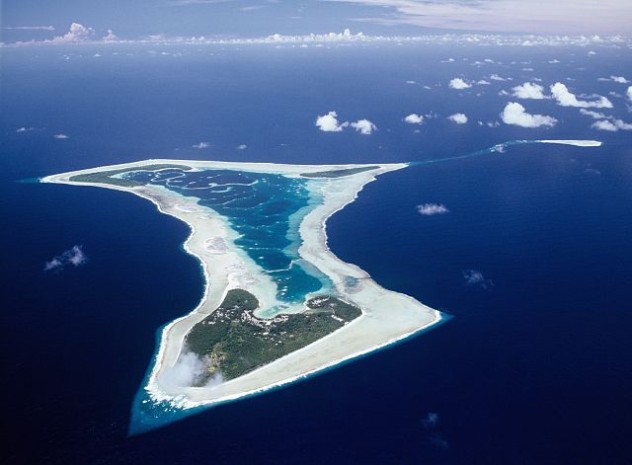
Pukapuka is the most remote member of the Cook Islands, and it is very small, no more than about 3 square kilometers (1 mi2) of land. There is nonetheless a distinct language that has developed there, known as Pukapukan. It is currently given its own branch inside the Polynesian family of Austronesian languages, and its relationship to other languages is unclear.
Pukapukan shares some properties in common with other languages of the Cook Islands, but also has properties in common with the languages spoken on islands to the east like Samoan and Tuvalu. Like many Polynesian languages, Pukapukan distinguishes between short and long vowels. For example, Tutu means “burn,” tutuu means “lower a bunch of coconuts,” tuutu means “suit of clothes,” and tuutuu means “picture.”
Pukapukan only has four color terms, all of which appear to be based on words for talo root, an important food source. The inner layers of various talo roots have different colors. Ina is used to describe white roots and light colors in general. Uli refers to dark roots and colors. Kula roots are rose-colored. The fourth color word, yengayenga, covers blue, yellow, and any mixture of those colors. It possibly comes from a word describing the interior of a raw talo tuber.
9 Haida Gwaii
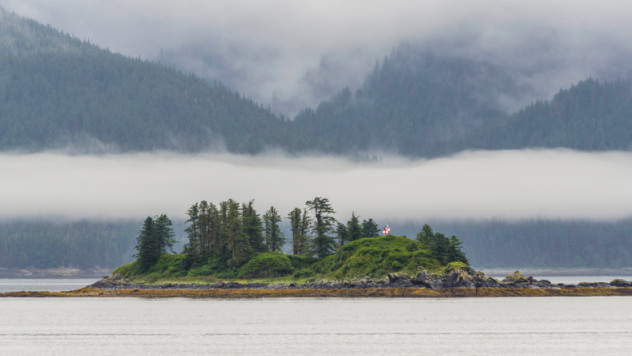
Haida Gwaii, also known as the Queen Charlotte Islands, is located off the coast of British Columbia, Canada. The traditional language of the islands is Haida, which is now extremely endangered. There are approximately 20 native speakers remaining.
The sound system of Haida consists of roughly 30 consonants sounds and 7–10 vowel sounds. The exact number varies between dialects—yes, even with only 20 speakers there are dialects, which are different enough that they can be classified as separate languages.
A noticeable property of the consonant system is the use of ejectives. For example, Haida has a plain /t/ and an ejective /t’/. The plain /t/ is similar to English /t/. The tip of your tongue touches against the roof of your mouth just behind your teeth, and no air can escape your mouth for a brief period of time. An ejective /t’/ is produced in the same way, except that once your tongue touches behind your teeth, you need to raise your larynx and compress the air in your mouth before releasing it. This gives ejectives a distinct popping sound.
Discussion about how to classify the Haida language goes back more 100 years. In 1915, Edward Sapir put forth a proposal for a Na-Dene language family, which remained an influential idea. Na-Dene would include Haida and the Athabaskan languages spoken in the surrounding areas, as well as another language called Tlingit. Some of the evidence in favor of a connection is shared vocabulary and similarities in the way that verb prefixes are organized. However, many linguists now believe there there is insufficient evidence to include Haida in this family, and it is often categorized as a language isolate.
8 Hawaii
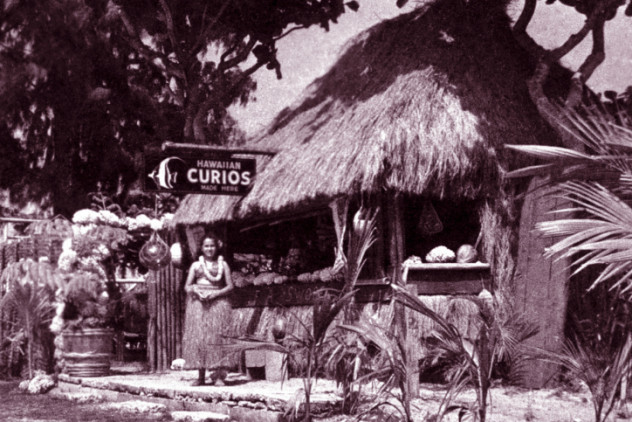
The Hawaiian islands are very isolated from the rest of the United States and lie roughly 4,000 kilometers (2,500 mi) from the continental states. Only one language, Hawaiian, is indigenous to the islands.
Hawaiian is in the Polynesian branch of the Austronesian language family. It has a very small sound system, with only eight consonants: /p/, /k/, /ʔ/, /m/, /n/, /h/, /l/, and /w/. Hawaiian also has extremely restricted syllable formation rules. A syllable can consist of a vowel or a consonant followed by a vowel, and nothing else. An English word like “sticks,” with two consonants before and after the vowel, would be impossible in Hawaiian. This restriction, combined with a small consonant inventory, means there aren’t very many distinct monosyllables. As a result, Hawaiian words can get very long. One Hawaiian woman’s name, Janice “Lokelani” Keihanaikukauakahihulihe’ekahaunaele, was so long it wouldn’t fit on her driver’s license.
Hawaiian speakers have long been in contact with English speakers, and many English words have been borrowed into Hawaiian. Since English has more complex syllables and a larger set of consonants, the borrowed words often undergo a lot of changes to fit the Hawaiian sound system. For example, any /t/ sound in English gets transformed into a /k/ sound in Hawaiian because it’s the most similar sound that exists in Hawaiian. The word “ticket” becomes “kikiki.” The Hawaiian Christmas salutation “Mele Kalikimaka” became famous through a Christmas song of the same name. In this case, English /r/ becomes Hawaiian /l/, /s/ becomes /k/, and any two consonants that are together in English get split apart with a vowel in between.
7 Iceland
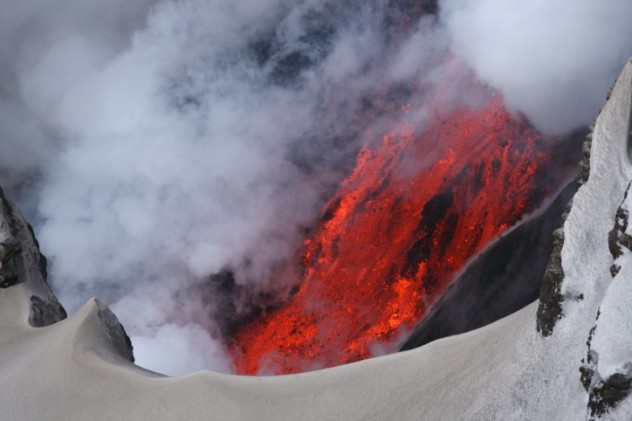
Iceland was originally populated by Norwegian vikings sometime in the late 870s. The language originally spoken in Iceland was therefore a variety of Old Norse. Modern Icelandic is the descendant of this language and has retained some of its archaic features.
For instance, Icelandic has retained a grammatical case system consisting of four cases: nominative, accusative, dative, and genitive. Cases have different forms for each of the three genders in the language—masculine, feminine, neuter—and for singular and plural. Additionally, nouns fall into two classes, “strong” and “weak,” which have their own rules.
Icelandic has a very long written tradition with preserved texts dating back to AD 1100. The alphabet used for Icelandic is based on the same Latin characters as the English alphabet, and for the most part looks similar. Icelandic also has letters not found in English, including accented vowels and the two letters þ (“thorn”) and ð (“eth”). These letters represent sounds that occur in English, but we spell them both “th.” The sound in “with” is represented by þ, and the sound in “whether” is represented by ð. In fact, these two letters were used in Old English and other Germanic languages, but they gradually fell out of use.
6 New Guinea
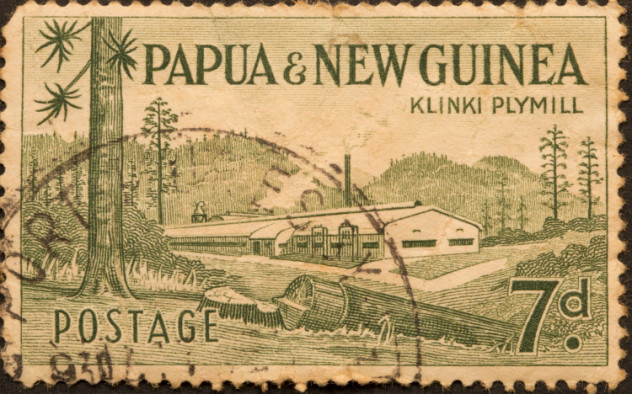
The island of New Guinea is politically split down the middle. The country of Papua New Guinea occupies the east, and the western half belongs to Indonesia. The island is one of the most culturally and linguistically diverse areas on Earth. Papua New Guinea alone is thought to have more than 800 languages.
Despite such diversity (or perhaps because of it) these languages have been sparsely documented, and there is very little known about how they are connected to each other or the languages of nearby islands. One interesting feature found throughout Papuan languages is the use of noun classifiers. These are words (sometimes affixes) that are used in combination with a noun to indicate what kind of noun it is.
Imonda has classes that include edible greens, breakable things, and clothing or flat objects. Motuna has 51 noun classifiers including those for small limbs, root vegetables, nuts with hard shells, and objects wrapped lengthwise. Teiwa has three classifiers just for fruit: one for round fruit like coconuts, one for cylindrical fruit like cassava roots, and one for long fruit like bananas.
5 Jeju Island
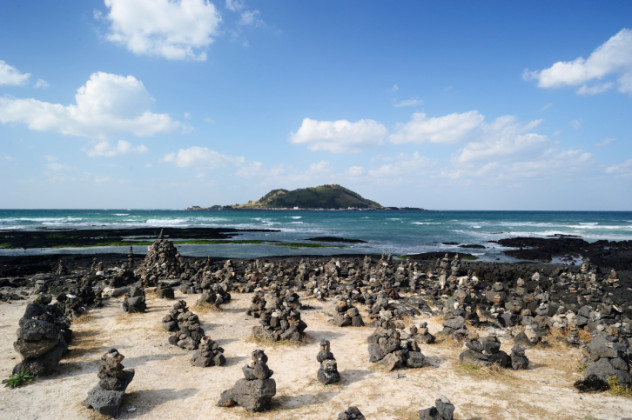
This island lies off the south coast of Korea and is a popular tourist destination. The culture that developed on Jeju is distinct from mainland Korea, and the island has famous stone statues known as hareubang. The language spoken on Jeju is called Jejueo. It is sometimes referred to as a dialect of Korean, but there are in fact such significant differences between the two that linguists prefer to classify Jejueo as its own language.
This distinction has has even been tested in a laboratory. Dialects are mutually intelligible variants of languages. Speakers of three dialects of mainland Korean listened to a story in Jejueo, which lasted about 75 seconds. Participants were then asked in Standard Korean some simple comprehension questions: “How many people were in the story?” Speakers of Standard Korean scored 5–12 percent correct on the comprehension questions, suggesting that Jejueo was not intelligible to native speakers of Korean and therefore really is a different language.
4 Malta
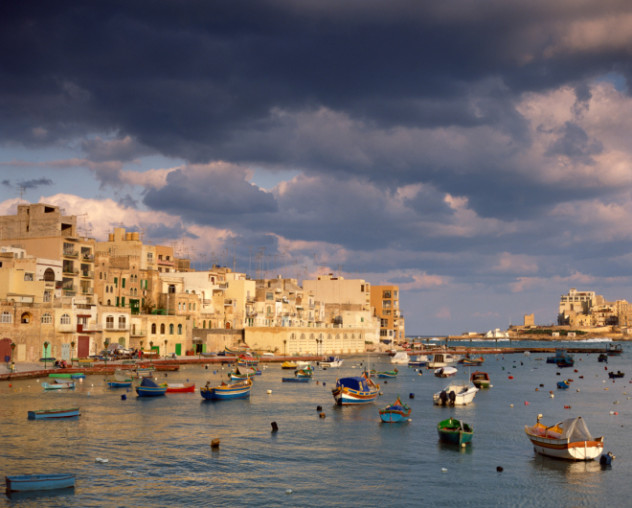
Malta is an island nation located in the Mediterranean, south of Italy. The indigenous language is Maltese, which today is an official language of the country (the other official language is English). Maltese belongs to the Semitic family, which includes languages such as Arabic and Hebrew. It is the only member of the Semitic family to be an official language of the European Union.
Maltese is the modern-day descendant of a variety of Arabic that used to be spoken in Sicily called Siculo-Arabic. Settlers arrived in Malta in the 11th century, bringing this language with them. Conflicts in Europe resulted in the expulsion of Muslims by the middle of the 13th century, which itself resulted in the Siculo-Arabic speakers being isolated from other Arabic speakers. In Sicily, Arabic was eventually replaced by Sicilian, but it continued to be used alongside Italian on Malta. This led to the development of a very distinct language. Today, roughly half of the Maltese vocabulary originates from Italian.
3 North Sentinel Island
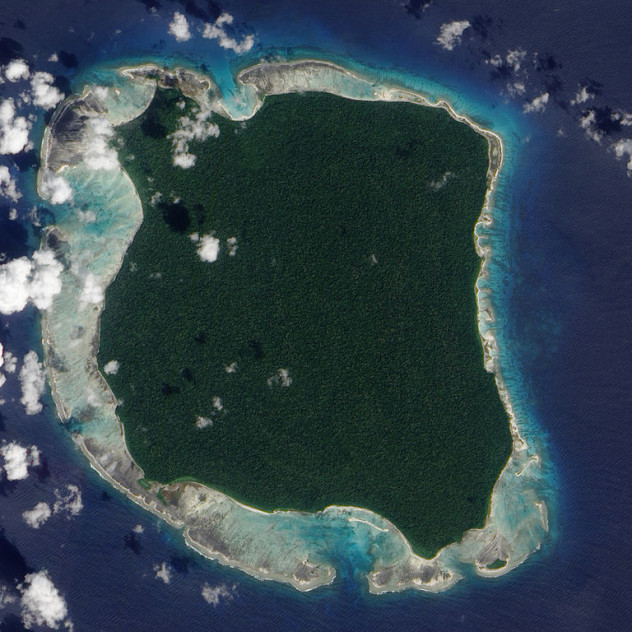
North Sentinel Island is one of the islands in the Andaman Islands, located in the Bay of Bengal. The island is inhabited by the Sentinelese. Very little is known about these people because they have been hostile and violent to outsiders as long as there has been record of contact. The few observations and photographs that do exist suggest that the Sentinelese live in a Stone Age society. The only metal they have comes from the metal that they salvage from shipwrecks.
After the Indian Ocean earthquake struck in 2004, the Indian government sent helicopters to fly over the island to find out if anyone had survived. The Sentinelese were still there, and they responded by attacking the helicopters. A picture of a Sentinelese man throwing a spear a helicopter briefly made the global news. This also means that the Sentinelese language remains a complete mystery. What little information is available has led linguists to speculate that Sentinelese belongs to the Andamanese languages, which are spoken on nearby islands.
2 Madagascar
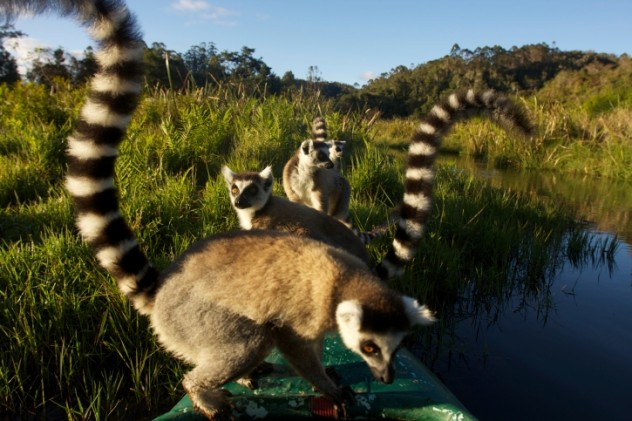
Madagascar is a large island off southern Africa, and its indigenous language is Malagasy. Madagascar is not a very isolated island. It is a relatively short trip to continental Africa. What makes Malagasy unique is that it is not related to any of the languages of Africa. Malagasy is actually an Austronesian language, and its closest relatives are spoken in Indonesia, 7,500 kilometers (4,700 mi) away.
The similarities between Malagasy and Austronesian languages were noted by early Portuguese sailors visiting the island in the 1600s, and more comprehensive documentation since the 1950s has essentially confirmed Malagasy’s place as an Austronesian language. One way of demonstrating this link is by comparing vocabulary items. A simple example is the counting system. Malagasy has words for numbers that are similar to Javanese and Ilocano (spoken in Indonesia and the Philippines), and the numbers do not look very much like the nearby African Bantu languages such as Swahili and Tsonga. Here are the words for the numbers one through five:
Malagasy: iray, roa, telo, efatra, dimy
Ilocano: esa, dua, telu, empat, delima
Javanese: siji, loro, telu, papat, lima
Tsonga: n’we, mbirhi, nharhu, mune, ntlanu
Swahili: moja, mbili, tatu, nne, tano
1 Australia

Australia actually has hundreds of Aboriginal languages, and like the languages of New Guinea, their relationship is unclear. There are several characteristics of Australian languages that make them really stand out, however. In particular, they are noted for their lack of fricatives, which are speech sounds made with partial obstruction of the airway, creating hissing sounds like those in “fish.” Virtually every language around the world has at least one such sound. Australia stands out as an exception where most languages have no fricatives at all. Australian languages are also notable for the large number of lateral sounds, which are similar to English /l/. As you listen, you may notice how you never hear /s/, /z/, or any other fricatives.
Many Australian Aboriginal cultures have restrictions on interactions between family members. Ordinary language cannot be used with everybody, and for certain family relations, there is a requirement to use a special “avoidance style” of speaking. The avoidance style has the same grammar and pronunciation as the regular speech style, but a completely different vocabulary. The rules for when to use avoidance speech vary from culture to culture, but commonly in-laws are restricted from directly communicating with each other. A man may not be allowed to say certain words in the presence of his mother-in-law, for example. Avoidance speech is typically more generic than regular language, and collapses numerous terms into a single one. For example, in Bunuba there are many words for specific kinds of boomerangs: balijarrangi and gali are returning boomerangs, and mandi is a non-returning type of boomerang. In avoidance speech, these specific types of boomerang must not be mentioned and are replaced with jalimanggurru instead.
Follow me on Twitter to learn about at least one new language every day.



